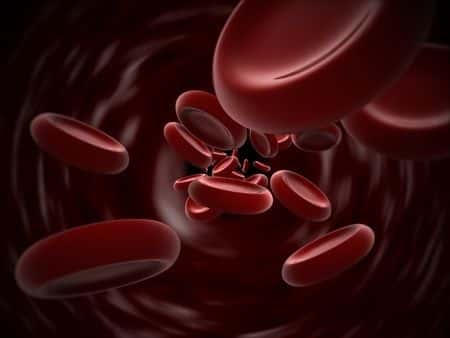Cardiology Expert Advises on Coumadin Overdose
Updated on
Case Overview
This case takes place in Connecticut and involves an 80-year-old patient who, before seeing the defendant, had a prior history of idiopathic pulmonary fibrosis which was worsening. The doctor’s initial plan was to have the patient take 5 mg of Coumadin a day and then have a Transesophageal Echocardiogram along with a cardioversion. That was intended to take place 5-7 days after the Coumadin was started, at which time, according to doctors records the “INR should be checked.” Although the defendant’s plan was to start Warfarin 5 mg daily, the prescription in the records says, “RC Coumadin 5 mg two tablets daily or as directed.” The pharmacy filled the prescription 5mg Warfarin tablets with instruction, “Take two tablets by mouth every day.” The patient began to cough up blood and went back to see the doctor who sent the patient immediately to the ER where INR was found to be critically high at > 14.6. The patient was hospitalized for several days. The doctor increased the dose of Coumadin to 10mg daily for reasons that are unclear. There was also a TEE test that was rescheduled and postponed for two weeks. The doctor’s initial plan was to test the INR at the time of the cardioversion but when the test was postponed by two weeks, the doctor did not advise the patient to get his INR tested. It is alleged that the doctor over-prescribed Coumadin and failed to monitor and instruct the patient to have INR tested daily until the patient reached a therapeutic level.
Questions to the Pediatrics expert and their responses
What kind of checks/protocols should be taken before prescribing Coumadin to a patient?
Oral anticoagulation is considered in these patients based on their overall risk factors for stroke most commonly summarized by the CHADS-VASc score, though other risk factors should also be taken into account. Not all patients meet indications for the initiation of anticoagulation and a proportion of those meeting these indications do not qualify as a high bleeding risk. The risk of stroke should be weighed against the risk of bleeding, which is more difficult to quantify. There are several scoring systems available to assess the risk of bleeding (eg HAS-BLED score) but these are less commonly used. A patient’s likelihood of compliance with drug administration and monitoring should also be considered as should their consumption of foods or medications known to interact with Coumadin metabolism. If a patient is deemed to be a Coumadin candidate (i.e., meets indications and does not exhibit evidence of contraindications) Coumadin may be started. Ideally, the patient should be educated regarding the risks of bleeding with Coumadin, the need for compliance with drug administration and monitoring, and the potential for drug or dietary interactions.
How often should INR be tested until a patient reaches a therapeutic level?
Furthermore, there are multiple approaches to the frequency of INR monitoring during the initiation phase of Coumadin therapy. I will typically test the INR 2 to 4 days after initiation of Coumadin and every 3 to 5 days thereafter until the INR level has been therapeutic for at least 2 consecutive checks. I do not routinely prescribe daily monitoring of outpatients as it is of limited utility and places a significant burden on patients and their families.
Can Coumadin overdose contribute to a patient's permanent loss of pulmonary function and/or death?
In regards to the possibility of a Coumadin overdose, mechanisms whereby pulmonary function may be affected include but are not limited to intra pulmonary hemorrhage, hemorrhagic pleural effusion leading to compression of the lungs, hematoma formation leading to compression of intra or extra thoracic airways. The likelihood of death from acute pulmonary hemorrhage varies depending on multiple other factors. Coumadin overdose could contribute to loss of pulmonary function and death through several mechanisms. A few of these mechanisms of death include, but are not limited to, death through exsanguination (if intra-abdominal, retroperitoneal, alimentary, or external), brain injury (if intracerebral), cardiac tamponade (if pericardial) or asphyxiation (if intra-pulmonary).
About the expert
This Board Certified Cardiologist has completed his Fellowship in General Cardiology and Cardiac Electrophysiology from Johns Hopkins Hospital. He is a member of the American College of Cardiology and has authored more than 25 publications in the field of cardiology. Currently, he is the Program Director of Electrophysiology and an Assistant Professor of Medicine at a Maryland-based university medical center, and is the Chief Medical Officer and a private medical company.

E-009004
Specialties:
Subscribe to our newsletter
Join our newsletter to stay up to date on legal news, insights and product updates from Expert Institute.
Sign up nowFind an expert witness near you
What State is your case in?
Subscribe to our newsletter
Join our newsletter to stay up to date on legal news, insights and product updates from Expert Institute.


